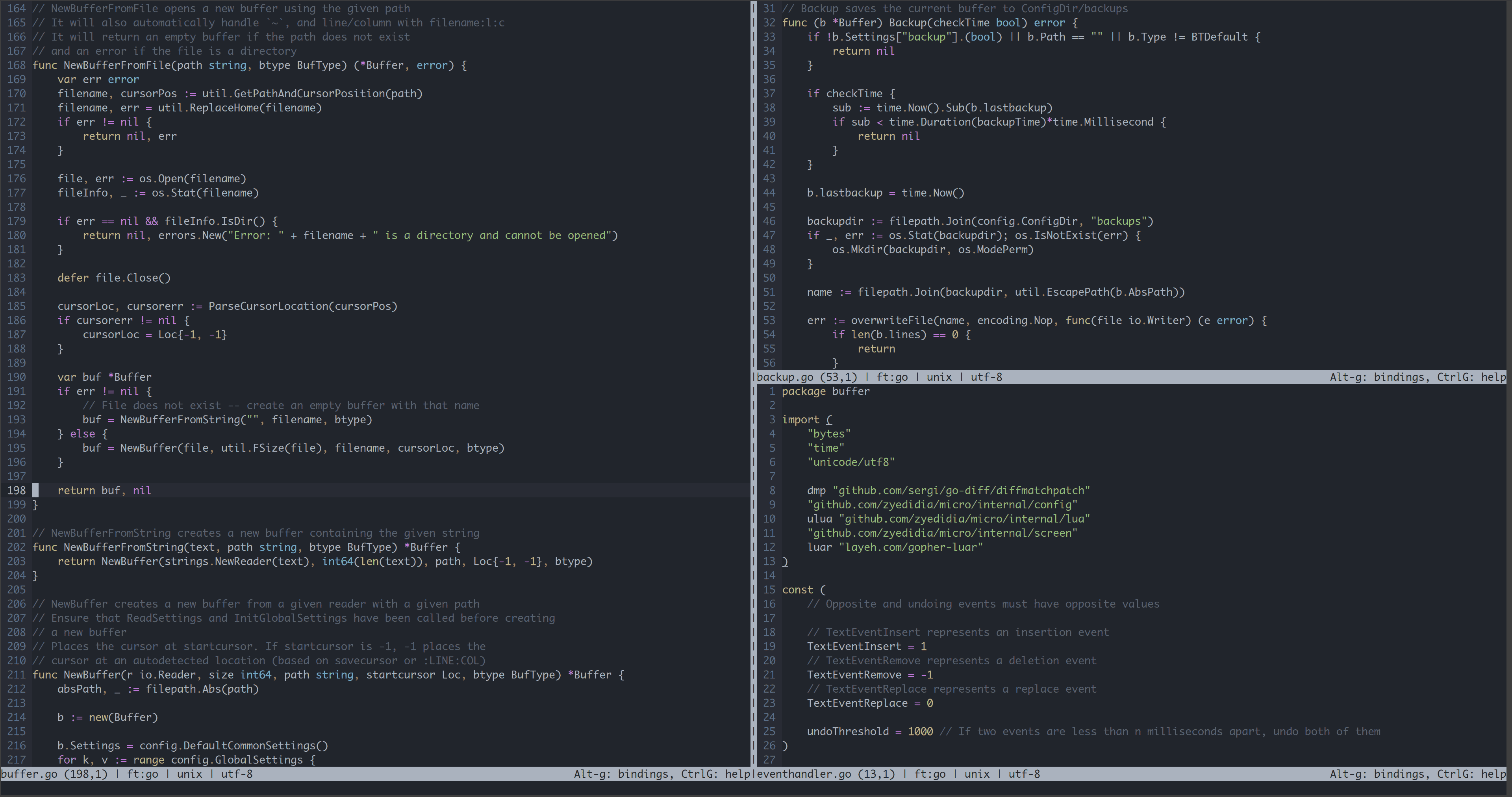

Stellar Data Recovery for Mac, one of the best Mac data recovery software, is able to recover permanently deleted files, photos, videos, audio, email, etc.
#How to open text editor in mac terminal how to
If you’ve emptied the Trash, then you can use third-party professional data recovery software for Mac to recover permanently deleted files from Mac computer.Ĭlick to tweet How to Recover Deleted/Lost Data on Mac – Another Option However, Mac Terminal command-line app cannot restore files if you emptied the Trash on Mac. (replace filename with the exact file name of the file you deleted) Remember to hit Return key after typing each command. Type the following command lines to recover deleted files from Trash. Follow one of the 5 ways above to open Terminal on Mac.

How to recover deleted files with Terminal command
#How to open text editor in mac terminal free
Alternatively, you can also use free MiniTool Partition Manager to analyze and release free space with its built-in Space Analyzer feature. You can use Mac Terminal commands to easily remove unnecessary files and folder to free up space on your Mac. rm - delete multiple files without any confirmation.rm –R - delete a folder and contents in it.mkdir “” – create a new folder with a space in the folder name.Is –la – list detailed directory contents incl.Is –It – list files by modification time (recent ranks first).You can see all files in your Documents folder. For example, you can type cd Documents command, press Return, and then type Is command and press Return. Is – the command for listing the name of files and subdirectories in a directory.cd - go to the previous directory or folder you last browsedĢ.cd - change the directory to the target folder, e.g.Change directory in Terminal command line Basic Mac Terminal Commands and Functionsġ. You can quickly launch it whenever you want by clicking Mac Terminal shortcut. Then the Terminal icon will be always in the Dock. Select Options, and click Keep in Dock option.

Right-click Terminal icon, or press Control button when clicking Terminal icon. If you need to frequently access Terminal application on Mac, you can create a shortcut for Terminal app to quickly access it every time. The AI Siri app will open command prompt on Mac for you. Then you can speak to Siri and say “open terminal” to it. You can click the Siri button on the menu bar to open Siri. Launch Terminal Command Prompt on macOS with Siri Alternatively, you can also type terminal in the search box at the top, and click Terminal app to open it. Find and click Other folder, and double-click Terminal to launch CMD on Mac. Alternatively, you may also press Fn + F4 keyboard shortcut to open Launchpad. Click the sliver rocket-like icon in the Dock to open Launchpad on your Mac. In the right window, you can click Utilities folder, then scroll down to find and double-click Terminal app to access Mac command prompt. In Finder app, you can click Applications in the left column. Open Finder app on your Mac computer by clicking the smiling face at the bottom of Mac screen. Type terminal in the search box, and double-click Terminal application under Top Hit in the result list to open command prompt on Mac. Alternatively, you can also press Command + Space keyboard shortcut to open Spotlight. You can click the magnifying glass Spotlight icon at the upper-right corner of Mac screen. Open Terminal on Mac via Spotlight Search How to Open Terminal (Command Prompt) on Mac – 5 Ways Way 1. Get to Command Line on Mac with Shortcut.Launch Terminal Command Prompt on macOS with Siri.How to Open Terminal on Mac with Finder.Open Terminal on Mac via Spotlight Search.


 0 kommentar(er)
0 kommentar(er)
